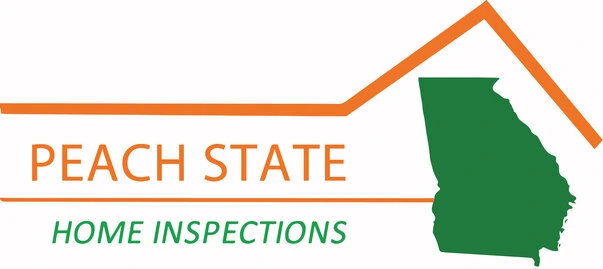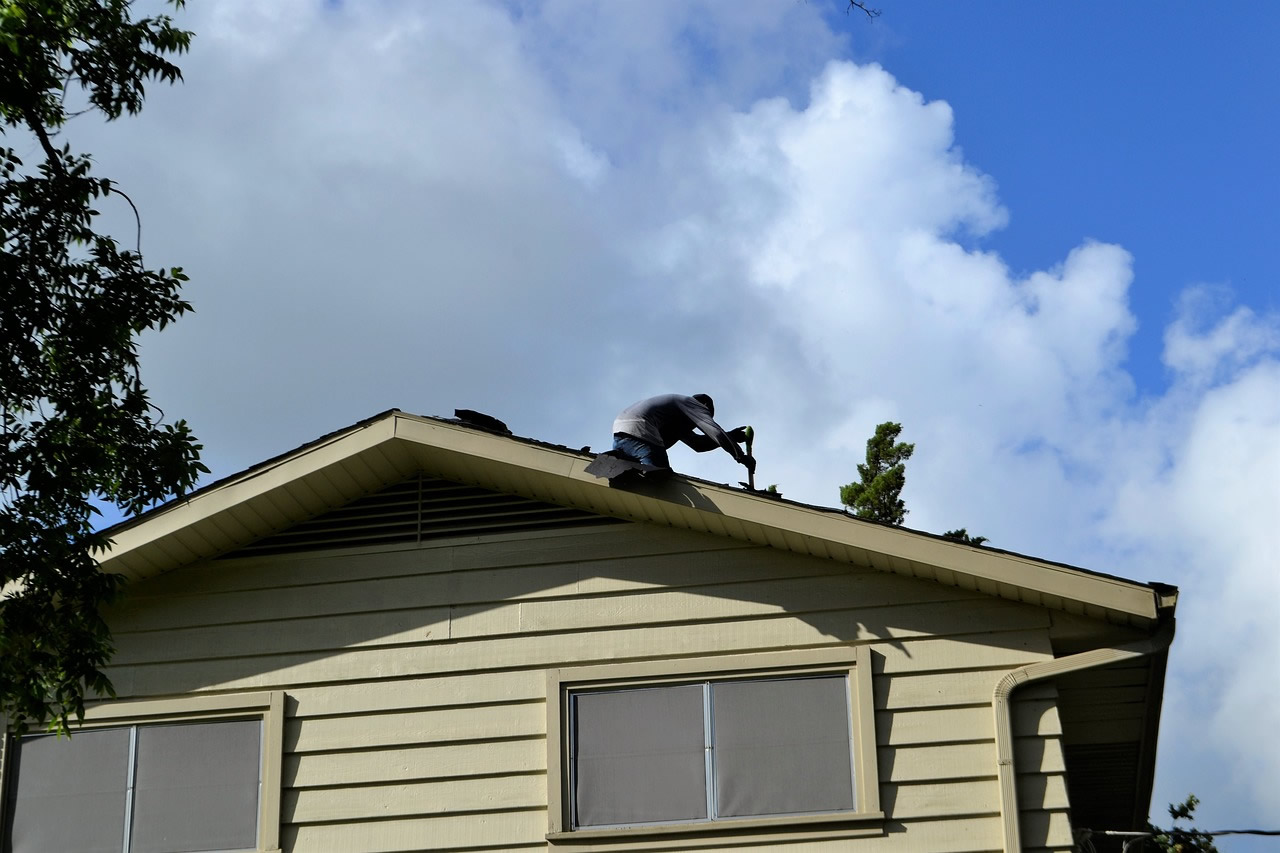Roofs and the Value of Your Home
Your roof not only keeps you isolated from weather conditions, primarily moisture, it protects you from all outside weather conditions. The roof materials, the underlayment, insulation and ventilation all play a role in keeping you dry and protected. They can also play an important part in moderating temperatures inside the home from the constant exposure to the sun. Roof overhangs can also protect inhabitants and exterior walls from both moisture and sun. The type of roof material you choose and how you maintain it are a critical element in the value of your home.
Maintenance
Most homeowners know, or should know, to keep leaves and other debris out of gutters, downspouts and valleys. Objects or debris in a valley can allow water to wick under shingles and before you realize it they can cause serious damage to the underlayment and the interior of the roof. Gutters that are clogged can allow water to seep back up under shingles, metal roofs, flat roofs, or virtually any type of roof covering. Changes in weather from wet to dry and hot to cold can cause damage as can walking on the roof. Staying off of your roof unless cleaning it or repairing it is the best choice.
Broad Categories of Roofs
Roofers can install or repair roofs that are tar and gravel, or asphalt and gravel; Modified Bitumen,Thermoplastic or EPDM (particulary in the case of flat or low slope roofs); asphalt, slate, fiberglass tile or wood shingles; or metal.
Roofs can be flat or pitched (sloped). Commercial and industrial roofs are often flat or low-slope. (Roofs should never be completely flat. Standing water is not good for any roofing surface.) The majority of single family homes have pitched roofs of varying degrees of pitch. Some roofers can work with both types while others may focus on particular types. Some roofers focus on commercial roofs while others are strictly residential. Most flat roofs are covered with several layers of materials. A layer of iso board or insulation is attached to the roof deck, which is then covered with roofing felt, then the final covering – mod bit, EPDM or TPO is either torched down or glued down with adhesive. In the case of tar (or asphalt) and gravel, a coat of molten bitumen is spread over the insulation, followed by overlapping layers of roofing felt. Roofers use a mop to spread hot bitumen over the surface and under the next layer. This seals the seams and makes the roof watertight. The top layer either is glazed to make a smooth finish or has gravel embedded in the hot bitumen to create a rough surface.
Shingles are usually the roof material of choice in residential construction. To apply shingles, roofers nail three foot strips of roofing felt over the roof. Then, starting at the bottom edge, they nail overlapping rows of shingles to the roof peak. Flashing strips of metal or shingle are installed where tow roof surfaces intersect or where a chimney or vent pipe is present. The process is similar whether you have a tile, cedar shake, or metal shingle. Roofers who use tile, metal shingles or shakes follow a similar process.
Types of Roofing Materials
Asphalt
Asphalt is the most commonly used roofing material and include shingles, modified bitumen rolls, built-up roofing, and modified bitumen membranes. Asphalt shingles are usually chosen for residential roofing and come in a wide variety of colors, textures, shapes, and types. Roll roofing products are still used but usually just for flashings or underlayments. Built-up roofing (or BUR) is the most common roofing used in commercial, industrial and institutional buildings. BUR is for flat or low-sloped roofs and will consist of multiple layers of bitumen and ply sheets. The installation is called a BUR system and includes the roof deck, vapor retardants, insulation, membranes, and a surface material.
Metal
Metal roofing products can be steel, aluminum, copper or other metals and is available as tiles, shingles, shakes or seam and batten, and are available in a huge variety of styles and colors. Metal roofs with solid sheathing will handle control noise from rain, hail and bad weather as well as any roofing material. As well as helping to protect buildings from fire. It costs more than asphalt, but will typically last two to three times longer than asphalt or wood shingles.
Wood
Wood shakes are a very natural look and two different wood roofs will never look the same. It is a good insulator but also allows are to circulate or “breath.” It must however be maintained and repaired. Problems like rot, insects or mold can take hold and ruin the roof and the cost of the roof considering its durability may be relatively high. They will use fire retardants but are often unrated by fire safety codes. Some pressure treated shakes can meet national fire safety standards however.
Installation requires a great deal of skill as well, and the quality of the shakes as well as the skill of the installer is paramount to having a successful, durable and good looking roof.
Single-Ply
Single-ply membranes are flexible sheets of compounded synthetic materials that are manufactured in a factory. There are three types of membranes: thermosets, thermoplastics, and modified bitumens. These materials provide strength, flexibility, and long-lasting durability. They are flexible, used in a variety of attachment systems, and compounded for durability Thermoset membranes are compounded from rubber polymers, usually EPDM. They can weather damaging effects of weather and sunlight plus chemicals generally found on roofs.
Thermoplastic (TPO) membranes are plastic polymers. The most common thermoplastic is PVC (polyvinyl chloride) which has been made flexible through the inclusion of certain ingredients called plasticizers. Thermoplastic membranes are identified by seams that are formed using either heat or chemical welding. These seams are as strong or stronger than the membrane itself.
Modified bitumen membranes are hybrids that incorporate single-ply advantages with traditional installation techniques from built-up roofing. These materials are factory-fabricated layers of asphalt that are “modified” for increased flexibility, and reinforced. Some are mopped down using hot asphalt, and some use torches to melt the asphalt.
Is My Roof in Need of Repair or Replacement?
An InterNACHI inspector can tell you whether your roof is in need of repair or protection from hazards. Protection can involve changes to your house and property that you may be affecting the structure of your house, its electrical system, HVAC or plumbing should be attempted only by a licensed, qualified contractor.
Roof Replacement
Again, your Georgia licensed InterNACHI inspector can let you know if you need to hire a contractor to replace your roof. Roofs can last many years if properly installed, and many times can be repaired rather than replaced. The average life expectancy for a typical residential roof is 15 to 20 years. Water damage to a home’s interior or overhangs is commonly caused by leaks from a single weathered portion of the roof, poorly installed flashing, or from around chimneys and skylights. These problems do not necessarily mean you need a new roof.
If you have any questions about the roof of a property you are buying or selling in Metro Atlanta, North Georgia, Warner Robins or Macon, be sure to contact Peach State Home Inspections. We’re here to help!


